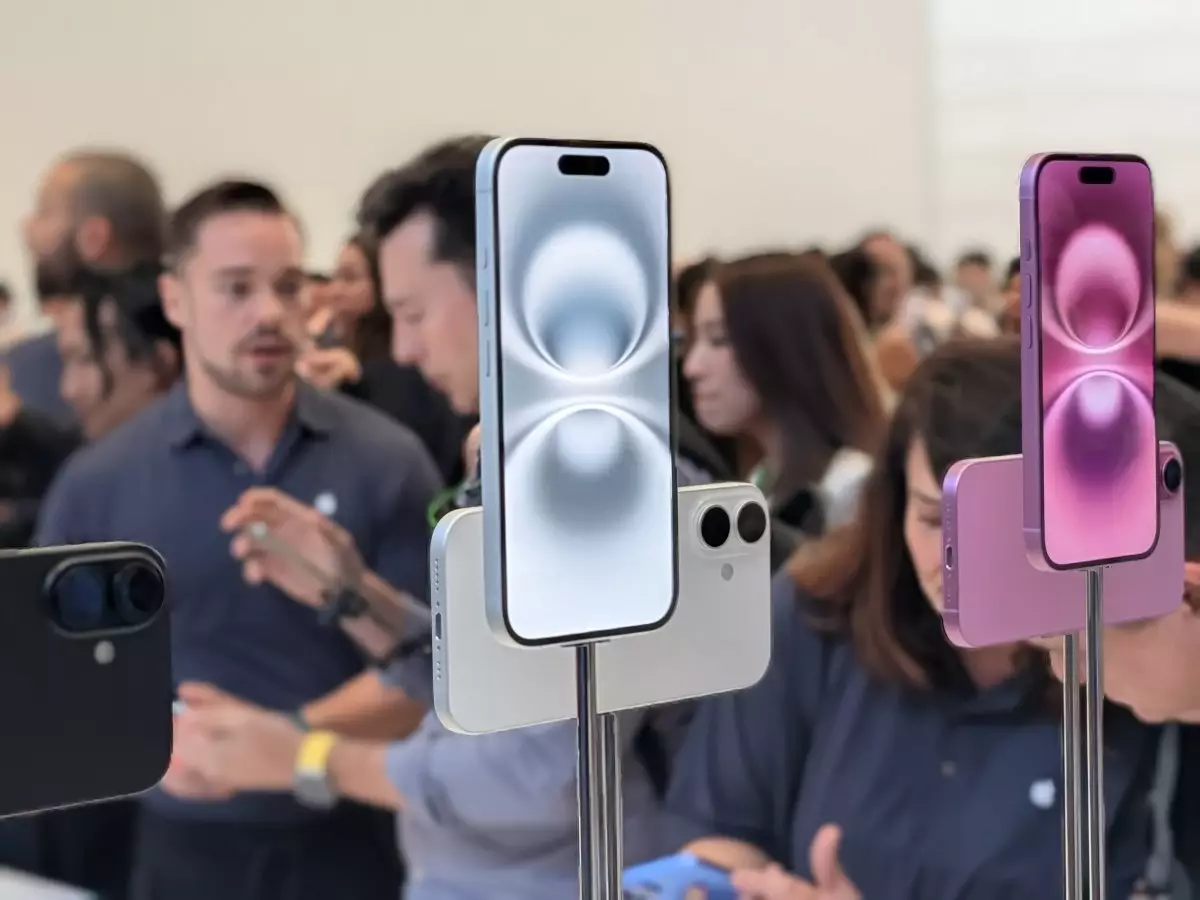Apple recently released statistics detailing the adoption rates for its latest mobile operating system, iOS 18, introduced to the public in September 2024. As of now, iOS 18 has achieved installation on approximately 68% of devices that support it. This figure becomes even more impressive when we consider only the iPhones released over the past four years, where the adoption rate skyrockets to a notable 78%. These statistics reflect a robust engagement from users eager to tap into the latest features and improvements. However, it’s essential to examine the remaining percentages: 19% of older iPhones are still operating on iOS 17, while 13% are stuck on even earlier versions, indicating that some users remain hesitant to update or are limited by hardware constraints.
For newer iPhone models, the trend mirrors that of the overall statistics. It’s interesting to note that, among the iPhones released in the last four years, the adoption of iOS 17 also holds steady at 19%. In contrast, the older generations see a mere 5% still using previous versions. This pattern showcases the strong likelihood that early adopters and tech enthusiasts are more inclined to keep their devices updated, thus resulting in a lesser percentage of outdated software in the newer models.
This year’s standout feature for Apple has been its endeavor into generative AI, aptly named Apple Intelligence. Marketed as a significant enhancement to the user experience, Apple Intelligence was rolled out with the operating system’s first major update, dubbed 18.1, shortly after the initial iOS 18 launch. This feature has seen subsequent refinements in update 18.2.1. However, the journey has not been entirely smooth. Early reports indicated several hiccups, including the need for Apple to retract news notification summaries in response to user feedback. Such missteps serve as a reminder that while innovation is crucial, execution must also align with user expectations to maintain confidence in new features.
In contrast to the iPhone’s impressive adoption rates, iPadOS 18 has not experienced the same level of enthusiasm, with only 53% of all iPads now running the latest version. Interestingly, for iPads released in the past four years, the adoption rate is somewhat higher but still trails behind the iPhone’s figures at 63%. This disparity raises questions about how iPads are utilized compared to iPhones, as well as the perceived necessity for users to update their devices. The iPad’s lower uptake might reflect a more stable usage pattern, where users are satisfied with their existing functionalities and less driven to seek out the latest updates.
Overall, the adoption rates of iOS 18 indicate a vibrant and engaged user base, eager to explore new features such as Apple Intelligence. As Apple navigates through the intricacies of innovation and user satisfaction, it will be critical to maintain this momentum, particularly regarding feedback mechanisms and responsive updates. The divergence in adoption rates between iPhones and iPads suggests a potential area for Apple to explore further, ensuring that both platforms meet the needs of their respective user bases effectively. As technology continues to evolve, so too should the strategies to enhance user experience across devices.

